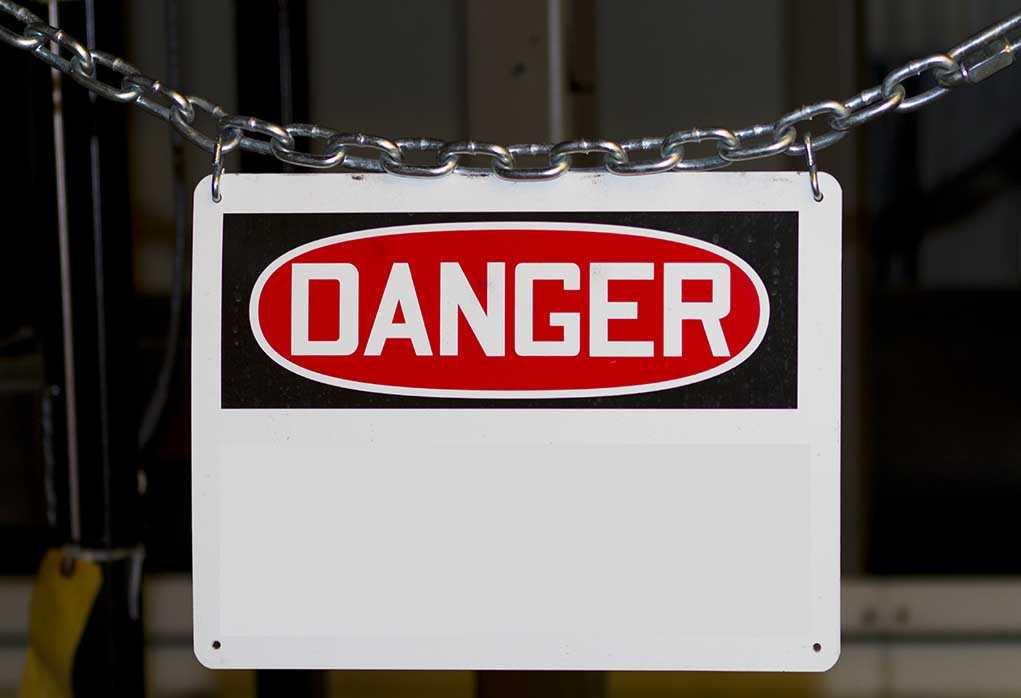
Missile base veterans face a new battle as the Air Force admits increased cancer risks, raising urgent questions about government accountability and the cost of national defense on American lives.
Story Highlights
- Air Force health risk assessment confirms elevated cancer rates among nuclear missile base workers.
- Contaminants and radiation exposure identified at key Cold War missile sites.
- Veterans and families demand transparency, recognition, and justice for occupational illnesses.
- Ongoing surveillance and policy reviews signal a reckoning for military workplace safety.
Air Force Reports Elevated Cancer Risk at Missile Bases
In June 2025, the U.S. Air Force publicly acknowledged that service members stationed at nuclear missile bases, particularly at F.E. Warren, Malmstrom, and Minot, face a slightly elevated risk of developing cancer. This announcement follows years of advocacy by veterans and their families who reported clusters of cancer diagnoses, especially among those assigned to missile alert and maintenance roles. The newly released health risk assessments point to both chemical and radiological contaminants present at these Cold War-era sites, confirming long-held fears about workplace hazards that were, for too long, ignored or downplayed by officials.
The Air Force’s health risk assessment, while designating the risk as “low but not zero,” has sparked outrage among veterans’ groups and constitutional advocates. Many see this as a failure of the government’s duty to protect those who served. Critics argue that such findings reflect a broader pattern of bureaucratic inertia and disregard for individual well-being in favor of institutional reputation. The affected veterans, once tasked with safeguarding America’s nuclear deterrent, now find themselves fighting for recognition, transparency, and access to necessary medical care and compensation.
Contaminants and Occupational Hazards Exposed
Environmental studies have confirmed the presence of hazardous chemicals and low-level ionizing radiation at these missile sites, which were designed for long-term occupancy during nuclear alerts. Personnel often worked in poorly ventilated, confined spaces, increasing their exposure to toxic substances. These findings resonate with decades of global research linking chronic low-dose radiation and chemical exposure to elevated cancer rates in nuclear workers. The Air Force’s own environmental reviews have now identified specific contaminants at the nation’s primary missile bases, validating the concerns raised by whistleblowers and grassroots advocates.
Occupational health researchers emphasize the challenge of accurately assessing risk due to the “healthy worker effect,” a phenomenon that can mask the true extent of workplace hazards in official statistics. Despite official assurances, families and advocacy groups continue to lobby for independent investigations, full disclosure of exposure data, and robust compensation for those affected. The issue extends beyond individual diagnoses, raising profound questions about the military’s obligation to safeguard its personnel and the broader failure of government oversight to uphold American values of accountability and care for its defenders.
Veterans Demand Justice and Policy Reform
Veterans’ advocacy groups and some members of Congress are calling for sweeping reforms. They argue that even a “small” increase in occupational cancer risk is unacceptable, especially when exposure is preventable and linked to government-managed environments. There is renewed pressure for the Air Force to redesign missile alert facilities, improve protective equipment, and guarantee long-term health surveillance for exposed workers. The economic costs of healthcare and compensation are mounting, but many believe the greater cost is the erosion of trust in military leadership and government transparency, values conservatives hold dear.
People who maintained the nation's land-based nuclear missile arsenal are coming down with similar cancers. The Air Force is wrapping up a large study of the health risks they may have faced on bases across the U.S., including F.E. Warren in Wyoming. https://t.co/Ux56mPPEv1
— WyoFile (@WyoFile) October 3, 2025
As the debate continues, this controversy is likely to influence occupational health standards across the entire nuclear sector, including civilian power and research facilities. Experts stress the need for improved dosimetry, genetic research, and protective policies to prevent similar tragedies in the future. For many Americans, the government’s response to this crisis will serve as a test of its commitment to constitutional principles, individual liberty, and the sacred duty of caring for those who have served. The demand for full transparency and lasting reform is louder than ever, and America’s missileers deserve nothing less.
Sources:
Air Force health risk assessment and public statements, Military.com, June 2025
Study of Russian nuclear workers, Georgetown Lombardi Comprehensive Cancer Center, August 2025
U.S. nuclear worker cancer mortality analysis, International Journal of Epidemiology, 2023
Nuclear missile ICBM veterans cancer study, KFF Health News
Missile Community Cancer Study, U.S. Air Force Medicine
US Million Person Study of Low Dose Rate Health Effects, ANS
Missileers exposures, VA Public Health











